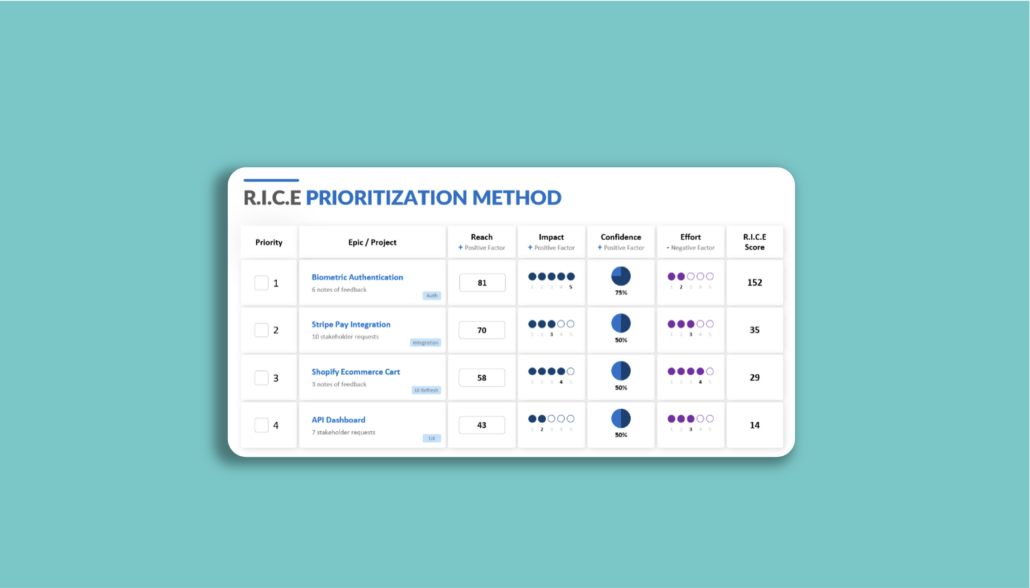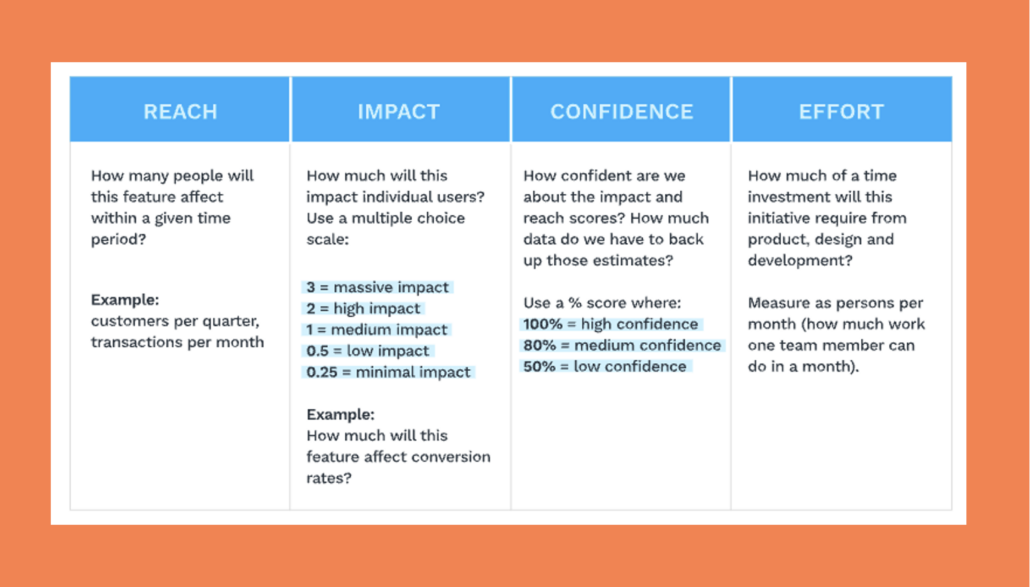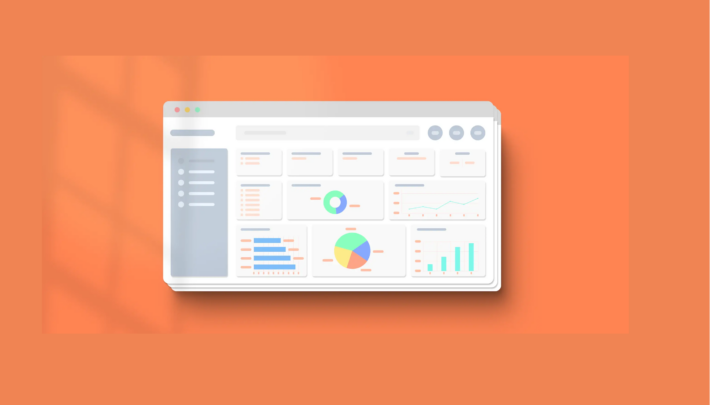Effectively Incorporating User Feedback into Product Development

User feedback is a critical driver of successful product development. However, not all feedback is created equal, and product managers must skillfully navigate the process of collecting, analyzing, and acting on this input to enhance their product while staying aligned with their strategic vision.
Here is a guide I use to explore feedback and how to incorporate it. It examines formal and informal feedback collection methods, categorization frameworks, and prioritization strategies to help product leaders harness user insights effectively.

Collecting User Feedback: Formal vs. Informal Methods
Formal Feedback Channels
-
Surveys and Questionnaires – Structured surveys provide quantifiable data on user satisfaction, usability, and feature requests. Tools like SurveyMonkey, Typeform, and Google Forms enable scalable distribution and analysis.
-
Usability Testing – Observing users interact with a product reveals pain points and behavioral insights that might not surface in self-reported data.
-
Customer Support Tickets & Chat Logs – Support interactions highlight recurring problems that may require immediate fixes or roadmap considerations.
-
Net Promoter Score (NPS) and Customer Satisfaction (CSAT) Surveys – These help gauge overall sentiment and track trends in user experience over time.
-
Beta Testing Programs – Early adopters provide detailed feedback on features in development, allowing iteration before full release.
Informal Feedback Channels
-
Social Media & Community Forums – User discussions on Reddit, Twitter, LinkedIn, and product forums offer real-world perspectives on how the product is used.
-
Sales & Customer Success Team Insights – Frontline teams regularly engage with customers and can surface common friction points and feature requests.
-
User Interviews & Focus Groups – Direct conversations with users yield qualitative insights that enrich data-driven analysis.
-
Product Analytics – User behavior analytics from tools like Mixpanel, Amplitude, and Google Analytics highlight how customers engage with features.
Analyzing and Categorizing Feedback
Once feedback is collected, the next challenge is making sense of it. Without structure, feedback can become overwhelming, leading to reactive rather than strategic decisions.
Common Categorization Frameworks
-
Thematic Analysis – Group feedback into themes (e.g., usability, performance, feature requests, bugs) to identify patterns.
-
The HEART Framework (Google) – Categorize feedback based on Happiness, Engagement, Adoption, Retention, and Task Success to align insights with business impact.
-
Issue vs. Feature vs. Optimization – Separate feedback into bugs, feature requests, and UX improvements to guide prioritization efforts.
Prioritization: From Insights to Action
Having a structured approach to prioritizing user feedback ensures that improvements align with business goals and user needs.
Prioritization Frameworks
-
RICE (Reach, Impact, Confidence, Effort) – Helps PMs evaluate ideas based on potential reach, impact on users, level of certainty, and development effort.
-
MoSCoW (Must-have, Should-have, Could-have, Won’t-have) – Prioritizes feedback based on necessity and feasibility.
-
Kano Model – Classifies features as basic expectations, performance drivers, or delight factors to balance essential and innovative improvements.
-
Customer-Centric Scoring – Weighs feedback based on frequency of occurrence, revenue impact, and strategic fit.
Balancing User Needs with Business Objectives
While user feedback is invaluable, not every request can or should be implemented. The best product managers balance qualitative and quantitative data with broader business strategy. This means:
-
Cross-referencing user feedback with company OKRs and product vision.
-
Engaging internal stakeholders (engineering, design, marketing) to assess feasibility.
-
Ensuring enhancements drive retention, conversion, or other key metrics.
The Feedback Loop: Closing the Communication Gap
Incorporating feedback is only half the battle—communicating how user input influences product decisions is equally important.
-
Public Roadmaps – Tools like Trello, Canny, or Productboard allow transparency in feature prioritization.
-
Customer Outreach – Regularly updating users on how their feedback has shaped the product fosters loyalty.
-
Beta Release Follow-Ups – Following up with beta testers to gauge improvements post-launch ensures continued refinement.
-
User Advisory Boards – Engaging key customers in ongoing discussions about product evolution helps shape long-term direction.
Conclusion
Incorporating user feedback effectively is not about reacting to every comment—it’s about strategically filtering, analyzing, and acting on insights that enhance the product while aligning with business goals. Product managers who master this balance create products that not only satisfy users but also drive sustainable growth.
By leveraging structured collection methods, robust analysis frameworks, and prioritization techniques, product leaders can transform raw user input into actionable, high-impact improvements. The key is not just listening to users but making them feel heard while maintaining a clear product vision.

